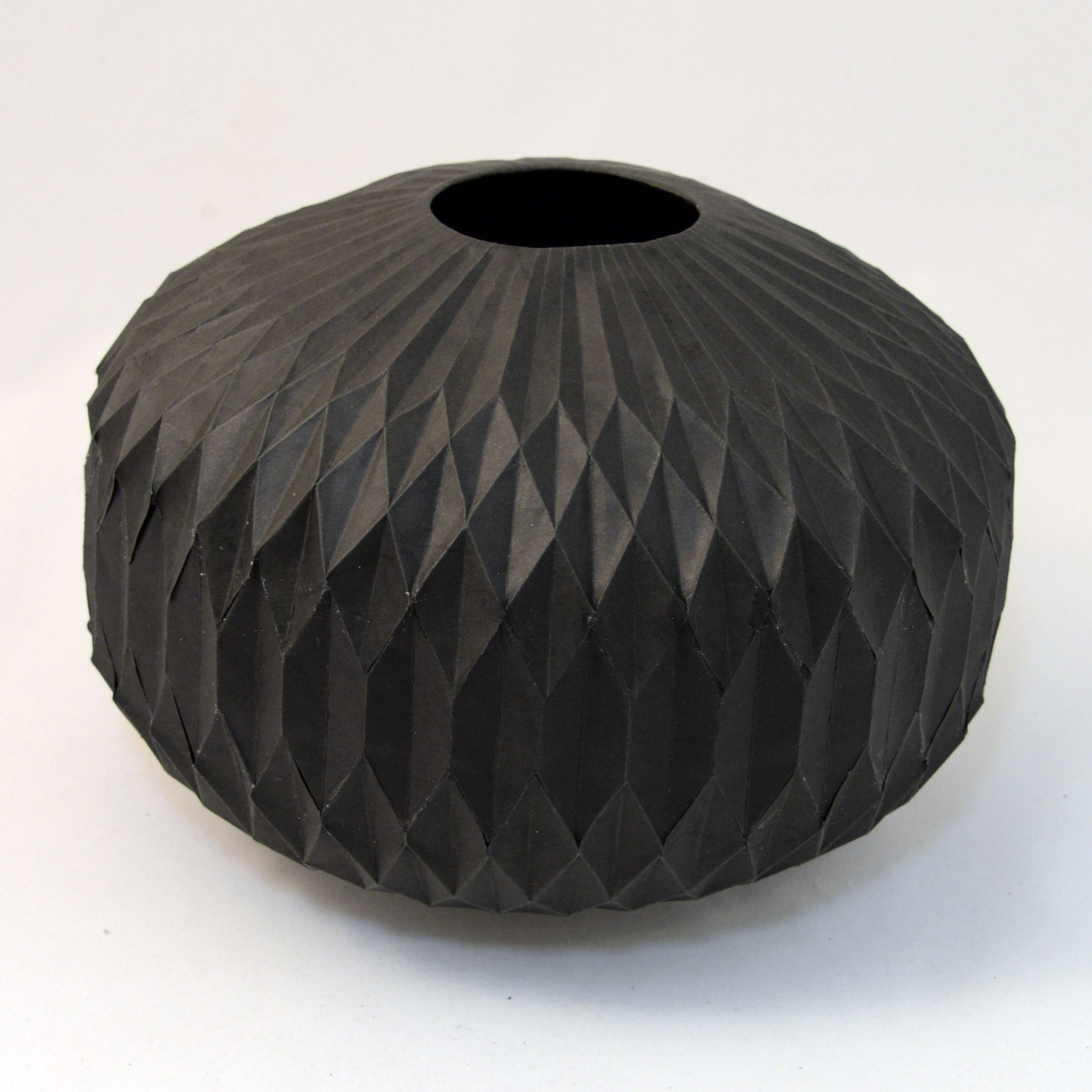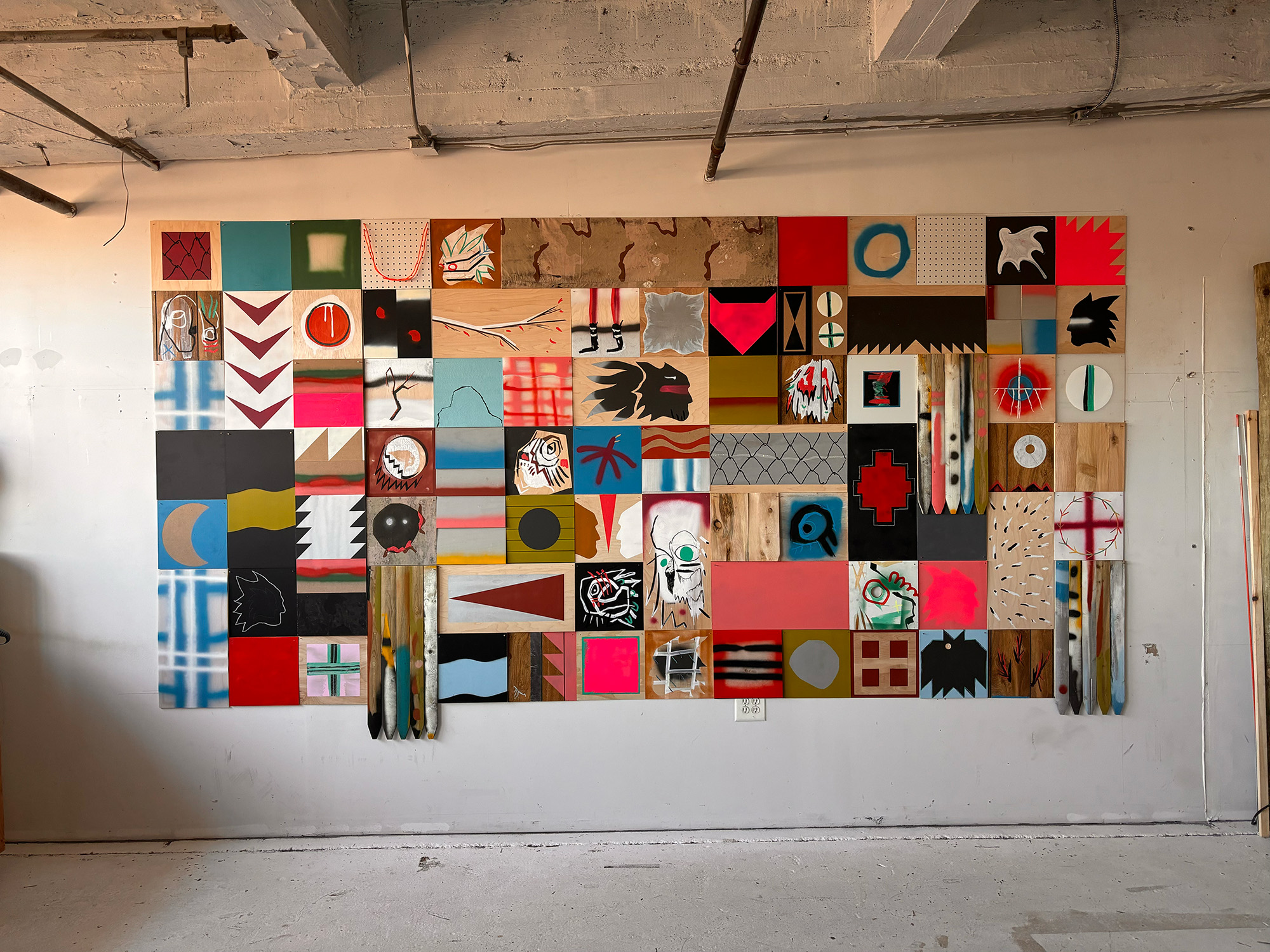
The Bernard A. Zuckerman Museum of Art's hours of operations are:
Reserve your spot! view more exhibitions in the fine arts gallerySpring 2025 Exhibition
Don Russell Clayton Gallery & Malinda Jolley Mortin Gallery
Annet Couwenberg: Sewing Circles
January 28 - May 10, 2025
Annet Couwenberg: Sewing Circles features an overview of ten years of cultural research, digital experimentation, and finished artifacts which Couwenberg has completed as part of her studio practice and in partnerships with cultural institutions throughout North America, Europe, and Asia. These artistic projects presented in this exhibition highlight the expanding technological parameters related to textiles and fabrics and their specific application in the arenas of scientific research, fashion and interior design, and contemporary social issues. The exhibition explores Couwenberg’s depth of research as well as the multiple intersections that are revealed between established disciplines and fields of knowledge. Annet Couwenberg: Sewing Circles is curated by Lori Rubeling and the traveling exhibition is organized by the Center for Art, Design and Visual Culture, UMBC with support from Maryland State Arts Council.
-
About Annet Couwenberg
Born in The Netherlands, Couwenberg moved to the United States to receive MFA degrees at Syracuse University and Cranbrook Academy of Art. She has worked internationally including in South Korea, Turkey, Germany, Italy, Portugal, Poland and The Netherlands with one-person shows at the Center for Art Design and Visual Culture in MD, Textiel Museum in The Netherlands, Baltimore Museum of Art, Delaware Center for Contemporary Arts, American Textile History Museum, Lowell, MA and the City Gallery, Atlanta, GA. Group exhibitions include shows at the Museum of Art and Design in NYC; the 11th From Lausanne to Beijing International Fiber Art Biennale Exhibition, 10th Craft Biennale; Gyeonggi MoMa and HOMA , Seoul; the Contemporary Museum, Baltimore, MD; the Decorative Arts Museum, Little Rock, AK. She has received individual artist awards from the Maryland State and Ohio State Art Councils. First monograph of her work has been published by Telos Art Publishing and second called Annet Couwenberg, Sewing Circles, distributed by D.A.P. Couwenberg’s work has been reviewed by and featured in the New York Times, the Los Angeles Times, the Washington Post, Le Monde, Crafts Magazine, BmoreArt, National Academy of Science Magazine, the Baltimore Sun, Sculpture Magazine, Fiberarts, Surface Design, Textile: The Journal of Cloth and Culture, Howl NY. Her work is in the permanent collections of The Baltimore Museum of Art; Nederlands Textielmuseum, NL; Museum de Kantfabriek, NL; Gyeonggi Creation Center, Yeosu City Center and Jinnam Art and Culture Center, Korea; and numerous private collections.
For more information: www.annetcouwenberg.com.

Image credit: A Family Affair (Series), 2020. Print. Photo by Dan Meyers, modeled by Mara Meyers.
Ruth V. Zuckerman Collection: Inside Out
Long-term display located in the Ruth Zuckerman Pavilion
Curated by Teresa Bramlette Reeves
For the preservation of artwork, museums must often hold their permanent collections in storage rather than in public view. "Visible storage," maintains the necessary safe-keeping of the objects while allowing museum visitors to see and study work that would otherwise be unavailable. This installation employs visible storage to showcase a substantial number of Ruth Zuckerman's sculptures and drawings from the KSU Permanent Collection, while making aspects of a collection's care transparent for the public.

Project Walls

Image credit: Beth LaCour, Orb, Elephant Hide Paper, 7" x 9.5" x 9.5", 2021.
Project Wall North and East: Beth LaCour
January 28 - July 26, 2025
The Zuckerman Museum of Art is pleased to present new work by artist Beth LaCour. The exhibition on view through July 26, 2025, features a series of folded paper vessels as well as a large installation on our Project wall. Beth LaCour is a studio artist whose work focuses on hand folded sculptural paper vessels, reliefs, and lighting. She has taught printmaking as well as drawing, papermaking, sculpture, and digital processes at Randolph College (VA), Yavapai College (AZ) and Northern Arizona University. She is a former artist-in-residence at Taliesin. Her work is included in numerous national private and public collections. Currently LaCour is the Studio Coordinator for both the Book Arts studio and the Papermaking studio at Penland School of Craft (NC).
Project Wall West: Matthew Kirk
August 27, 2024 - July 26, 2025
Matthew Kirk (b. 1978, Ganado, AZ) is an enrolled member of the Navajo Nation and currently lives and works in Brooklyn, New York. A self-taught artist, Kirk has worked for over twelve years in New York City as a professional art handler— a trade that has often influenced his artistic practice in terms of utilizing readily available materials to make his art. His gestural paintings and abstract assemblages are steeped in symbolism and iconography that relate to the visual language of the Navajo, while his use of the grid as compositional armature takes structural inspiration from traditional Navajo weavings and rugs, as well as topographical maps and urban landscapes. Kirk states, “Just as family, work, current events, and city life are reflected in the work, my Indian heritage plays an important, but nuanced role.” Kirk’s work is currently featured in the META tech giant’s new complex in NYC alongside other site-specific installations by artists Baseera Khan and Liz Collins, among others. Kirk has exhibited at Adams and Ollman, Portland; Intuit: The Center for Intuitive and Outsider Art, Chicago; Louis B. James, New York; and Exit Art, New York. In 2019, Kirk was awarded the Eiteljorg Contemporary Art Fellowship in Indianapolis, Indiana. He is represented by Fierman Gallery in New York City.

Image credit: Matthew Kirk, The Fuzzy Edges of a Dream, mixed media on plywood, 14' x 7', 2024.
















